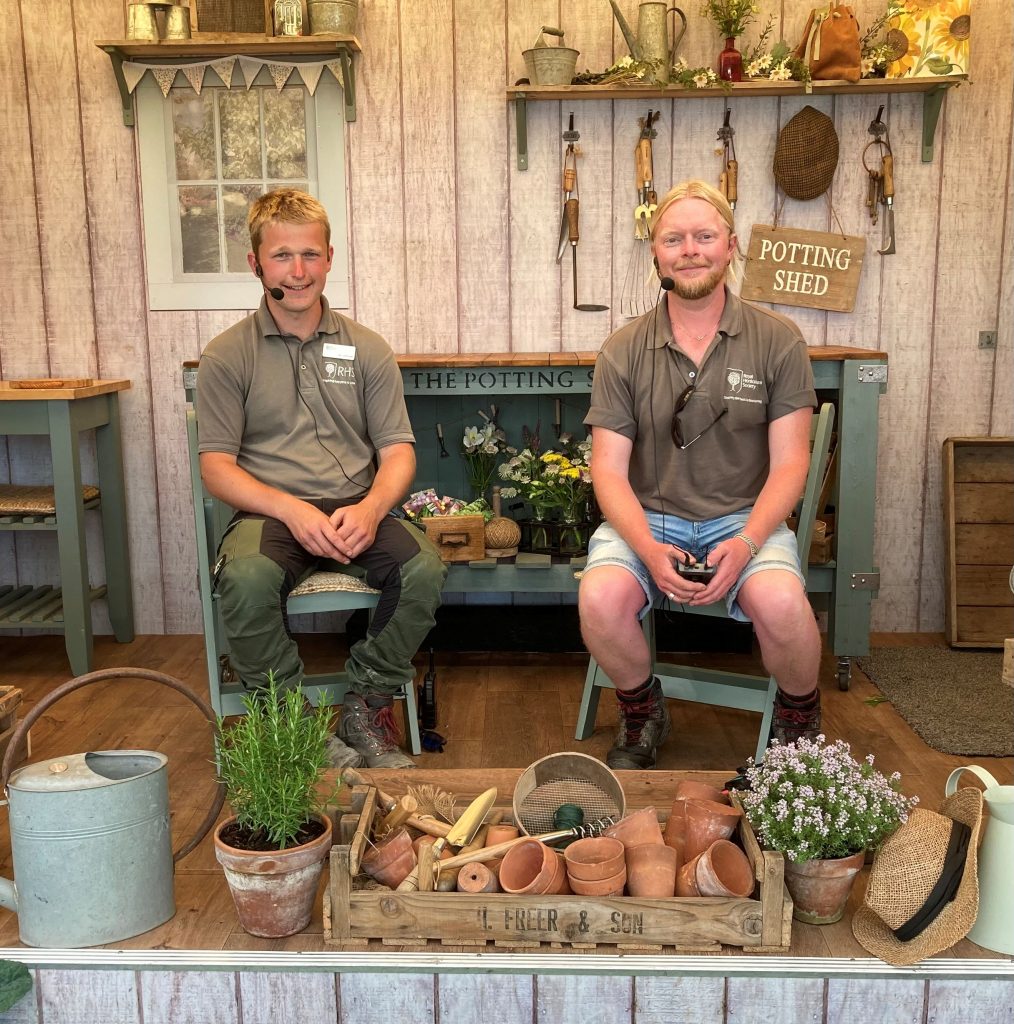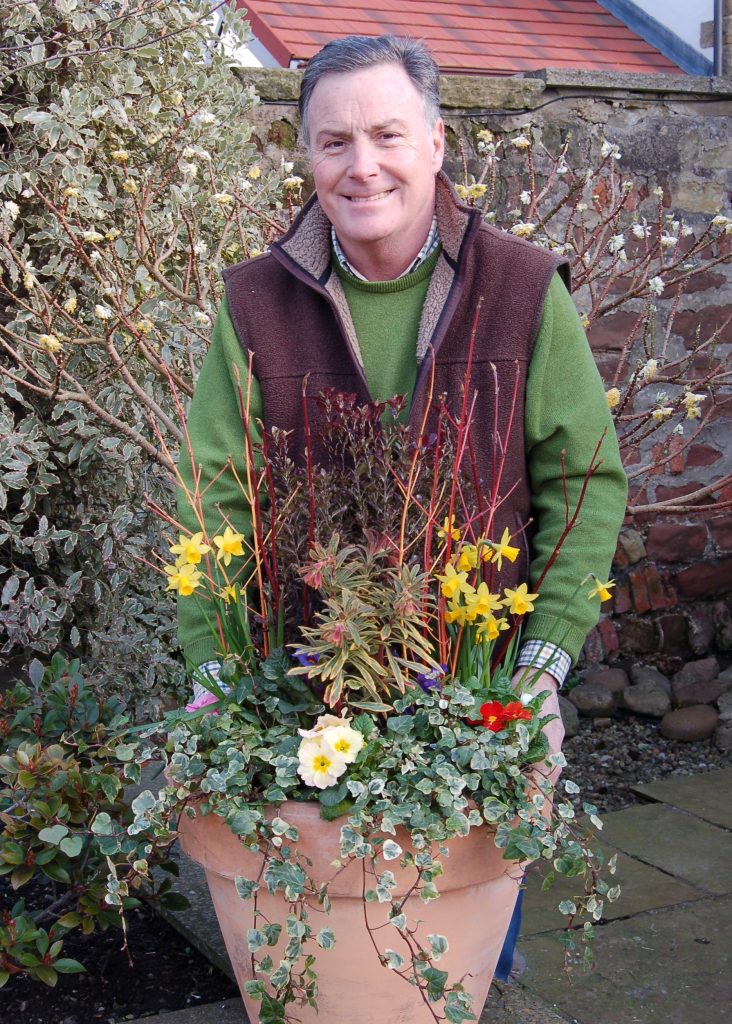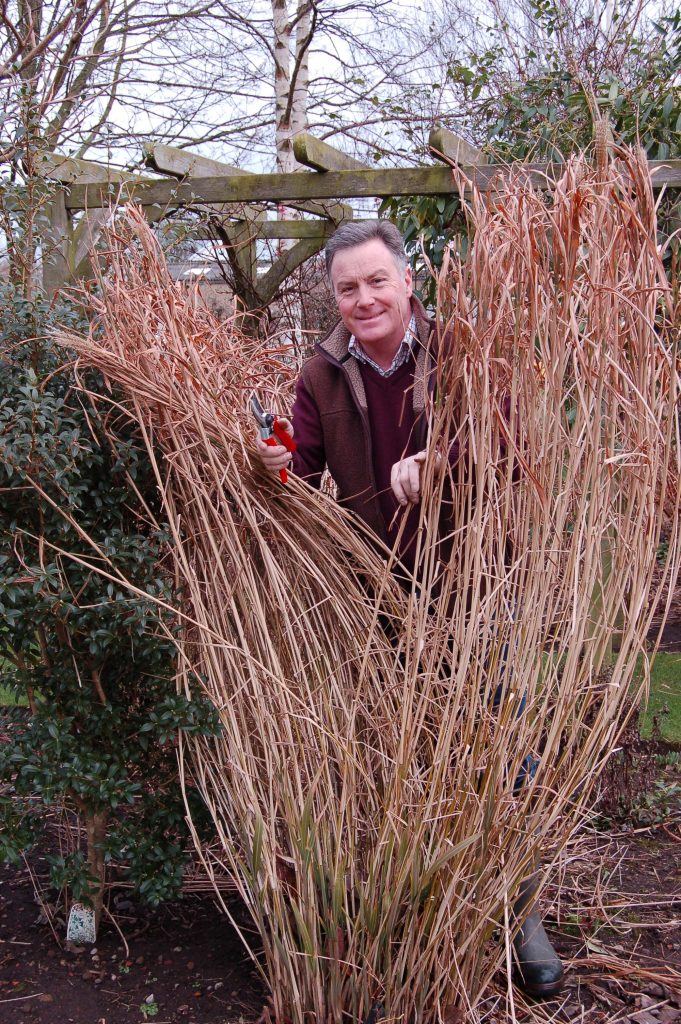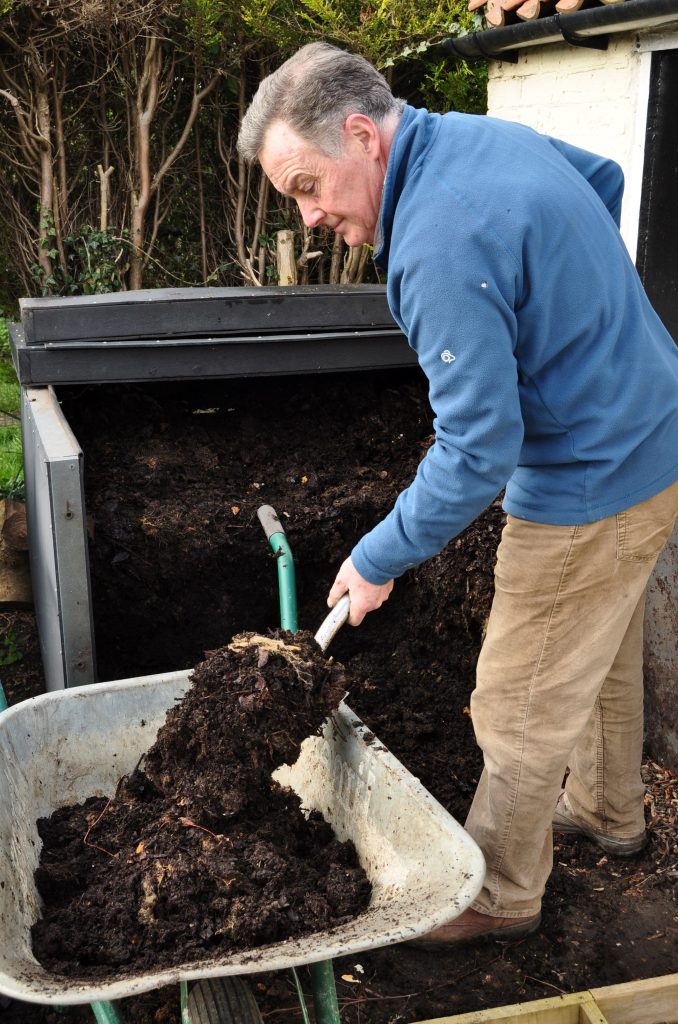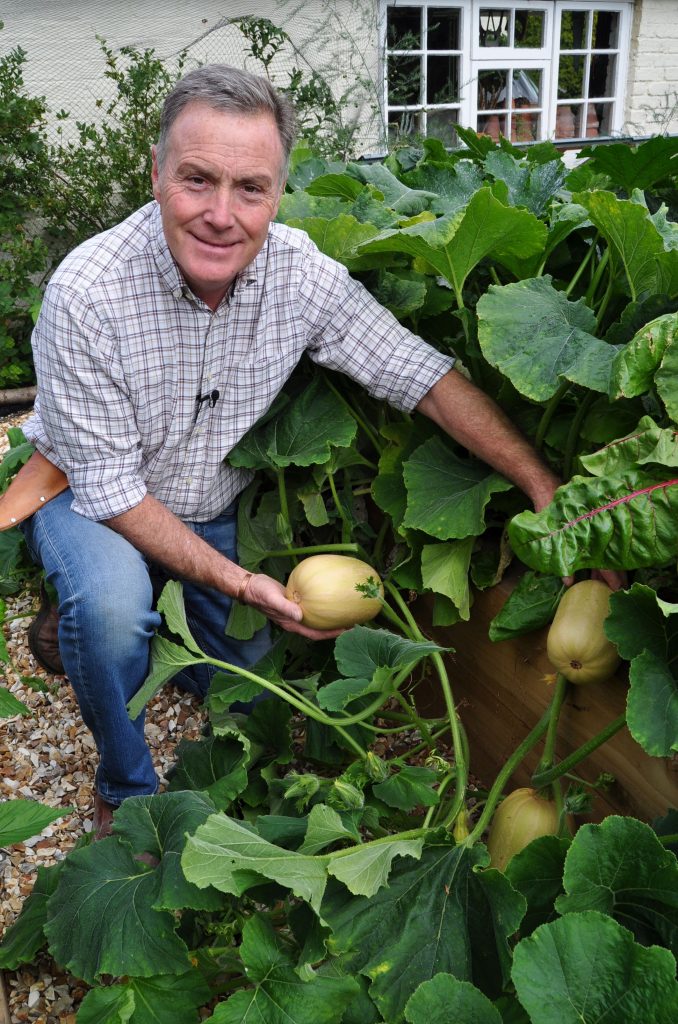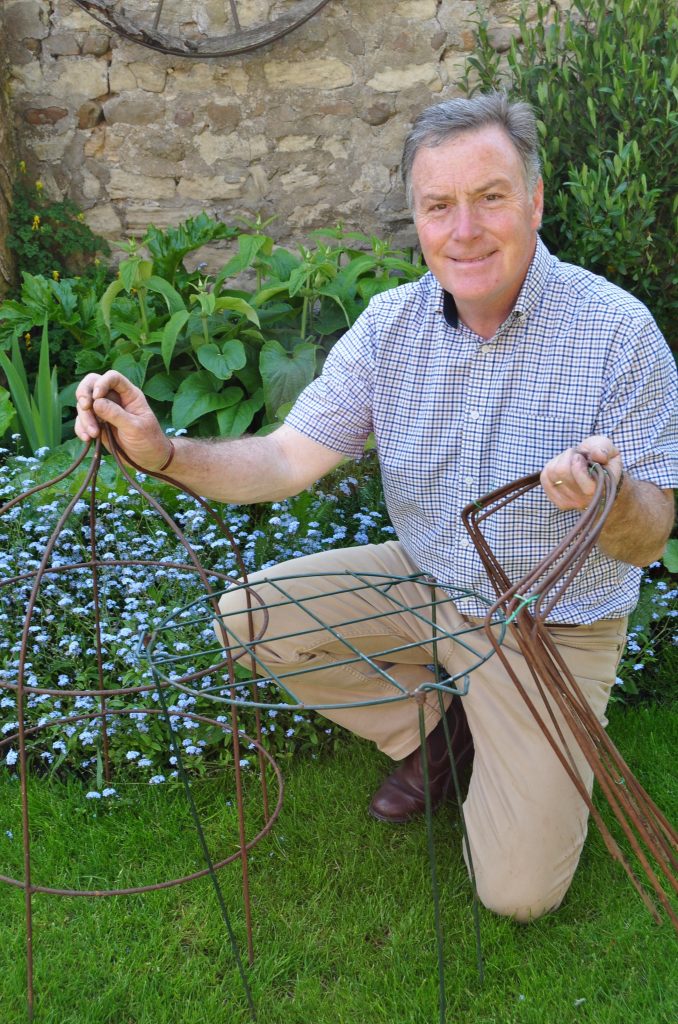
In the garden
If you’re not sure what to do in the garden and the best time to do it then join Martin as he gives you some ideas of things to be getting on with. Every month Martin will guide you through what to be getting on with in the fruit and veg plot, the borders, the lawn and in the greenhouse. He’ll also be giving regular updates on the progress of the garden here at Ivy Cottage.
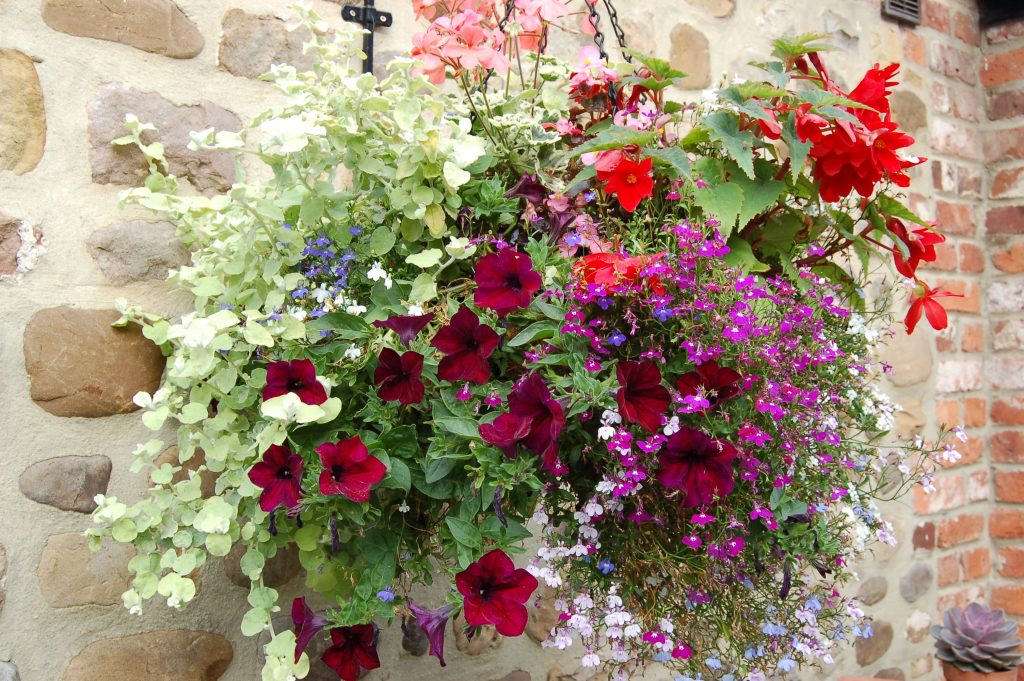
June is blooming in the garden!
After a long spell of dry weather in north Lincolnshire we have finally had some rain! Not a lot, but the one inch (25mm) was enough to freshen up the garden and green up the lawns. Although it was welcome, we need more and only last night (31st May) I was out watering Hydrangea ‘Annabelle’, […]
Filters

